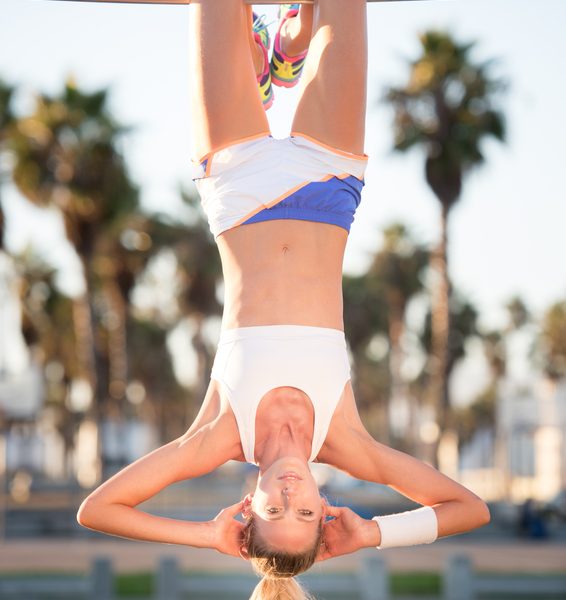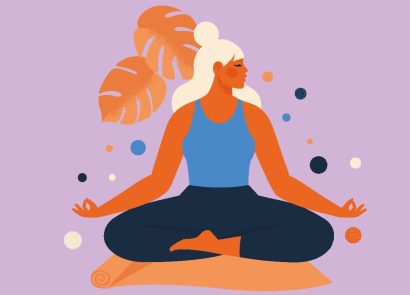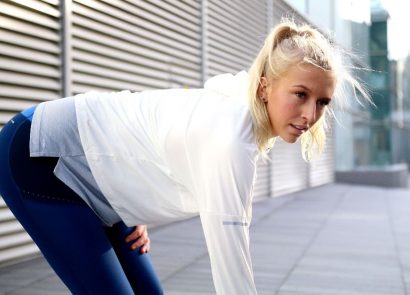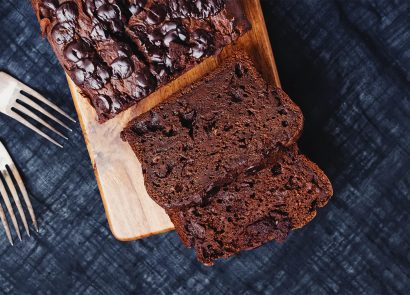Hands up if you want a flatter stomach? Sick of those love handles or just can’t seem to shift that annoying little paunch? Being, arguably, one of the toughest body parts to streamline, many people list their stomachs as the one area they’d most like to improve, but it is possible to hone and tone your tummy into something you want to show off rather than hide away. And how, you ask? Well, splitting the abdominal muscles into mobilisers and stabilisers and targetting them with two different types of exercises is the quickest route to getting abs of steel – but you have to put the effort in. Follow this workout four times a week, combined with a calorie-controlled diet and regular cardio, and you’ll start to see results in just 21 days. In six weeks, you could even get a six-pack!
The rules
- Warm up with around five minutes of gentle aerobic exercise, moving your limbs through their ranges of motion, helping to lubricate your joints and raise your core body temperature, so reducing your risk of injury.
- Target is one set of 15 reps of each exercise, progressing to two sets.
- Slower is better – you’ll recruit more muscle fibres and so produce better results.
- Never hold your breath, try to exhale on the exertion.
- For obvious reasons, don’t perform this workout directly after eating.
- Although the abdominals don’t require specific flexibility work, follow a gentle aerobic cool down to avoid possible dizziness due to blood pooling in the muscles.
-
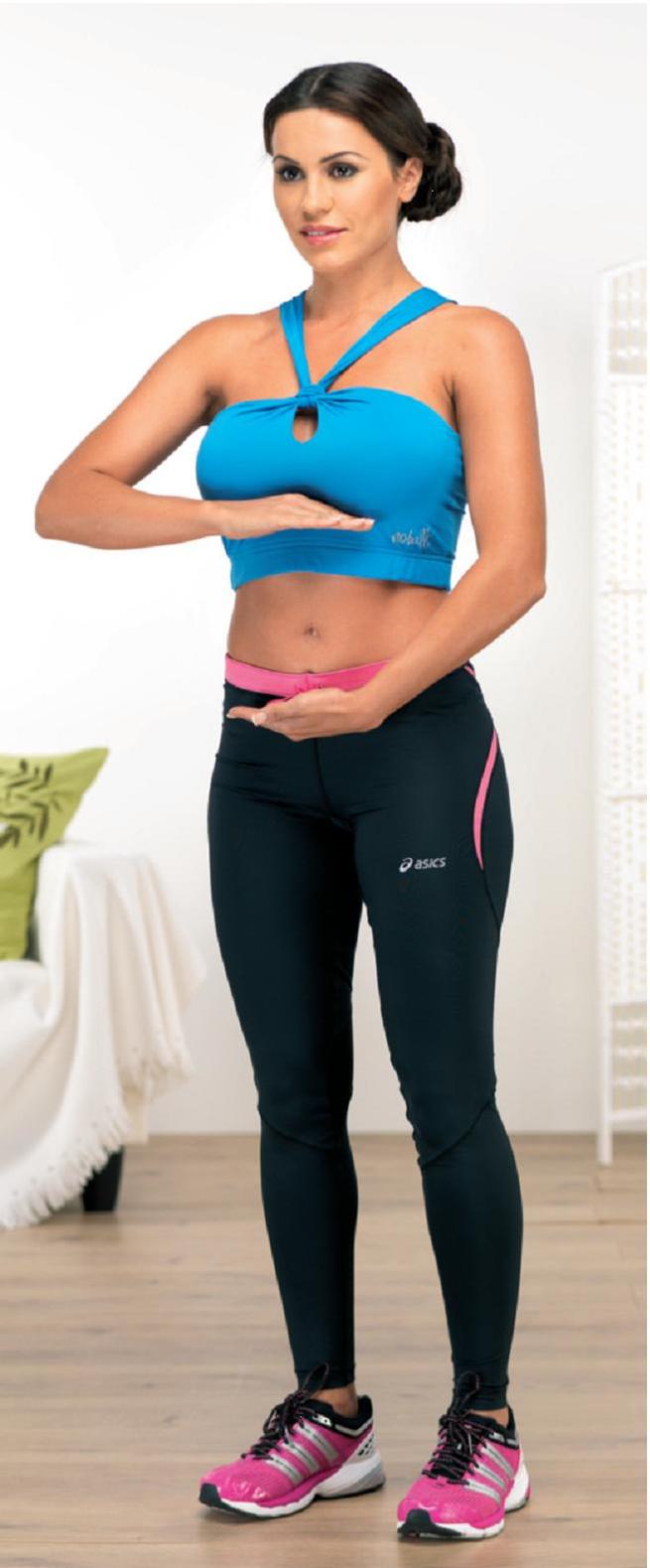 Spring Stand with your feet about hip-width apart, knees slightly soft. Place one hand facing palm down, where your ribs meet, and the other under your navel, palm facing up.
Spring Stand with your feet about hip-width apart, knees slightly soft. Place one hand facing palm down, where your ribs meet, and the other under your navel, palm facing up.
-
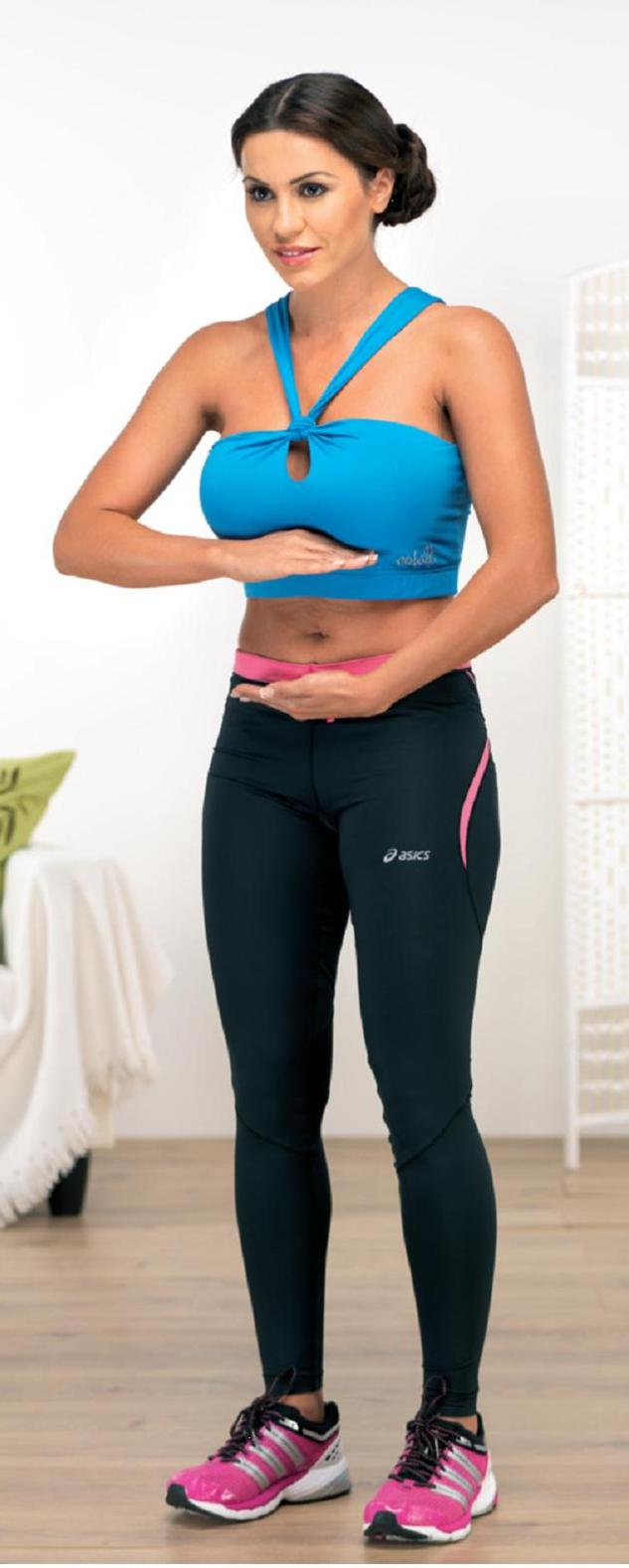 Now try to move your hands closer together without dropping your shoulders forwards. This is only possible by squeezing together your prime abdominal muscle, like a spring. Aim for a maximum contraction and hold it at the end for three seconds before releasing. Repeat.
Now try to move your hands closer together without dropping your shoulders forwards. This is only possible by squeezing together your prime abdominal muscle, like a spring. Aim for a maximum contraction and hold it at the end for three seconds before releasing. Repeat.
-
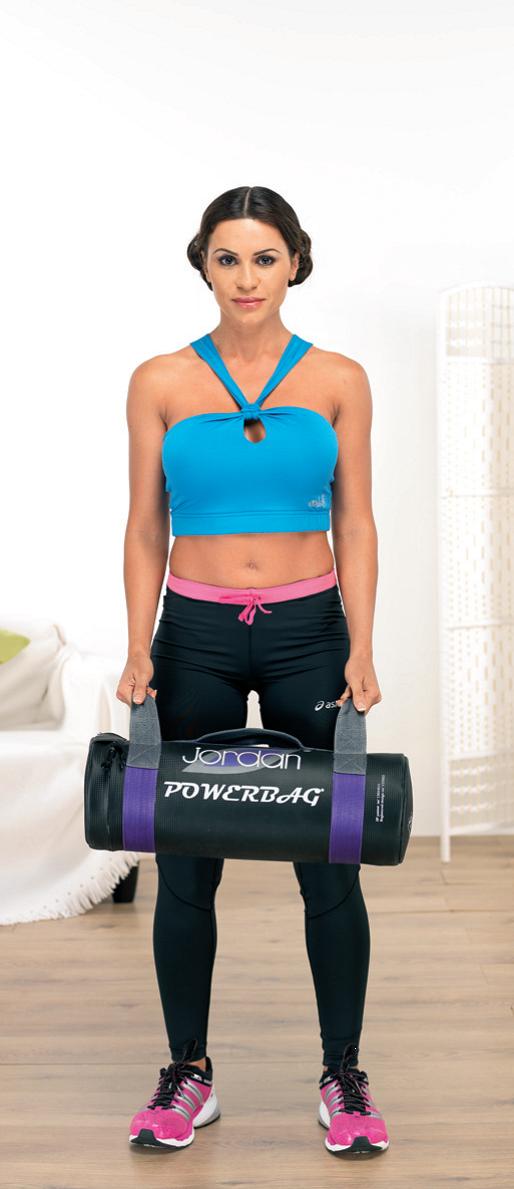 Cyclone Place your feet about a stride-width apart and bend your knees so your lower body can be fixed in this stable position. Hold a dumbbell, medicine ball, powerbag or weight plate in both hands, with your arms extended out in front of your body.
Cyclone Place your feet about a stride-width apart and bend your knees so your lower body can be fixed in this stable position. Hold a dumbbell, medicine ball, powerbag or weight plate in both hands, with your arms extended out in front of your body. -
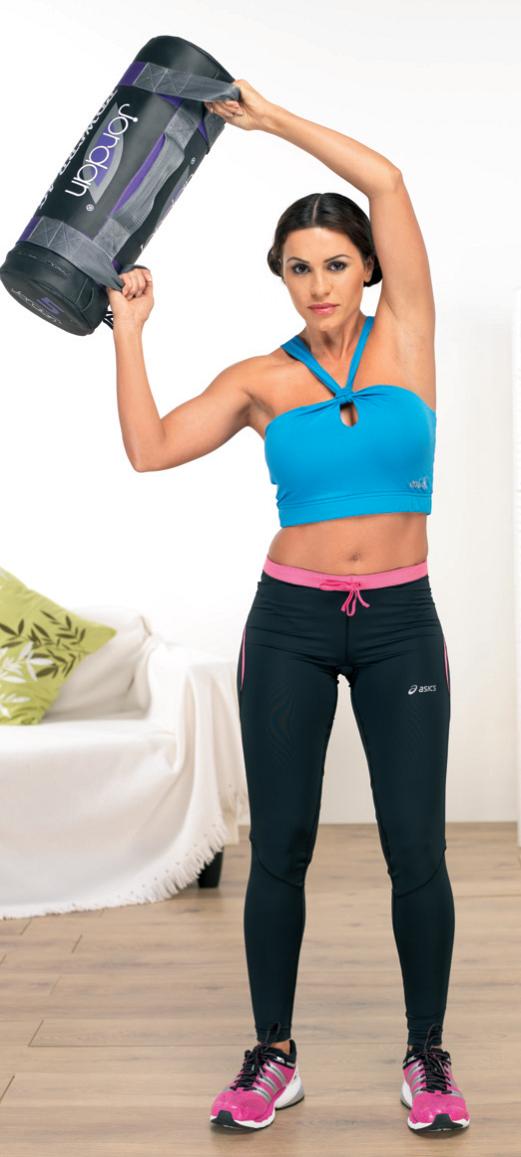 Keeping your hips as still as possible, but allowing rotation of your waist, lift the weight in both hands and circle it behind your head coming all the way back to the start position in front of your body. On the next lift reverse the direction.
Keeping your hips as still as possible, but allowing rotation of your waist, lift the weight in both hands and circle it behind your head coming all the way back to the start position in front of your body. On the next lift reverse the direction.
Tip
This move takes a bit of practise so have a few goes to perfect the swinging technique before engaging your core and doing the entire move properly. remember to keep your hips as still as possible and let your waist do the work. use a comfortable weight, too. -
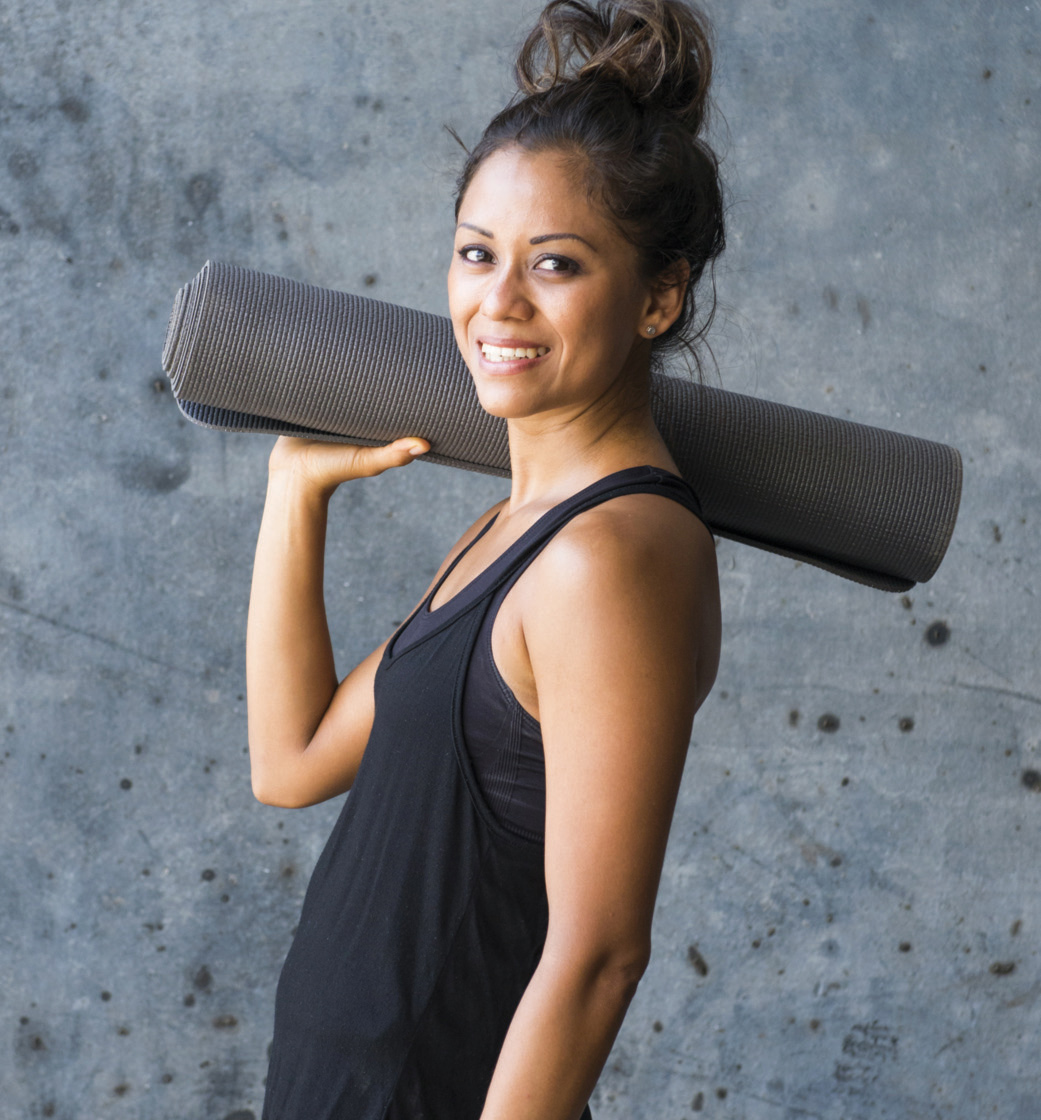 Twisting reach-up Lay on your back on the floor with your legs outstretched, but knees bent, so resting on your heels. To assume the start position, lift one arm to rest it on your thigh and hold a dumbbell in the other hand, positioned towards your shoulder, and twisting your body so you’re resting only on this shoulder.
Twisting reach-up Lay on your back on the floor with your legs outstretched, but knees bent, so resting on your heels. To assume the start position, lift one arm to rest it on your thigh and hold a dumbbell in the other hand, positioned towards your shoulder, and twisting your body so you’re resting only on this shoulder. -
 As you sit up, pull the free arm back and rotate to lift the dumbbell up and across as high as possible. As you slowly lower down, rotate back so that you don’t lay flat on the ground – only the one shoulder blade should rest down between repetitions. Remember to do a second set in the opposite direction.
As you sit up, pull the free arm back and rotate to lift the dumbbell up and across as high as possible. As you slowly lower down, rotate back so that you don’t lay flat on the ground – only the one shoulder blade should rest down between repetitions. Remember to do a second set in the opposite direction.
Do this move regularly to create a small, nipped-in waistline – it really helps to whittle it down! -
 Ball pike Assume a press-up position with your hands placed slightly wider than your shoulders, arms straight but not locked out at the elbow. Rest your shins on the ball and hold your hips up so there is only a gentle, comfortable curve in your lower spine. Also let the top of your head drop forwards so you have a natural curve in your neck rather than scrunch it up.
Ball pike Assume a press-up position with your hands placed slightly wider than your shoulders, arms straight but not locked out at the elbow. Rest your shins on the ball and hold your hips up so there is only a gentle, comfortable curve in your lower spine. Also let the top of your head drop forwards so you have a natural curve in your neck rather than scrunch it up. -
 Without bending your knees, roll the ball towards your arms by raising your hips up towards the ceiling as high as you can. Pause, then return the ball to the starting position by lowering your hips and rolling the ball backwards.
Without bending your knees, roll the ball towards your arms by raising your hips up towards the ceiling as high as you can. Pause, then return the ball to the starting position by lowering your hips and rolling the ball backwards.
Tip
this is a tricky move to do, especially getting into the start position. either ask someone to hold the ball steady or place it by a wall or sturdy chair to prevent it from rolling as you place your feet on it. -
 Hip hitch Lie on your side and lift into a side plank position with your supporting hand directly under your shoulder and your other hand stretched towards the ceiling. Ensure your hips are in line so the top hip is directly above the bottom hip and there is a straight line from your head through your hips down to your feet.
Hip hitch Lie on your side and lift into a side plank position with your supporting hand directly under your shoulder and your other hand stretched towards the ceiling. Ensure your hips are in line so the top hip is directly above the bottom hip and there is a straight line from your head through your hips down to your feet. -
 Maintaining a good distance from your shoulder to your ear, let your hips drop slightly towards the ground and then lift them in line again. It’s only a small movement but must be controlled to ensure no rotation occurs. Swap sides after 15 reps.
Maintaining a good distance from your shoulder to your ear, let your hips drop slightly towards the ground and then lift them in line again. It’s only a small movement but must be controlled to ensure no rotation occurs. Swap sides after 15 reps.
Don’t forget
You may need to build up to this so at first, rest on your elbow and keep your knees on the ground. once you become stronger, lift the knees so you’re only resting on the feet and elbow, then progress to the full move as shown here.
You should follow this abs routine four times a week to get optimum results -
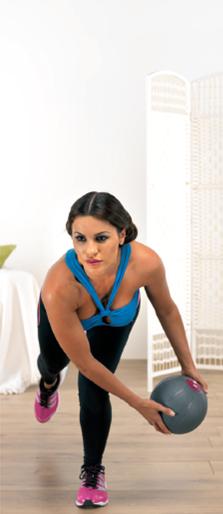 Diagonal lift Start by standing on one leg, holding a medicine ball, dumbbell, powerbag or weight plate in both hands. Bend your knee and lower your weight towards the floor outside your standing foot, by performing a hinge at your hip rather than rounding your spine.
Diagonal lift Start by standing on one leg, holding a medicine ball, dumbbell, powerbag or weight plate in both hands. Bend your knee and lower your weight towards the floor outside your standing foot, by performing a hinge at your hip rather than rounding your spine. -
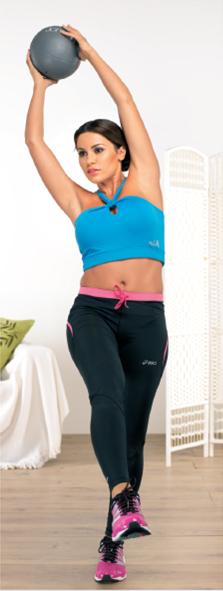 Now lift up by straightening the supporting leg and extending your spine, lifting the weight up and across the line of your body, to the opposite side. Slowly return to the start position and remember to repeat on the other side after you finish this set.
Now lift up by straightening the supporting leg and extending your spine, lifting the weight up and across the line of your body, to the opposite side. Slowly return to the start position and remember to repeat on the other side after you finish this set.
-
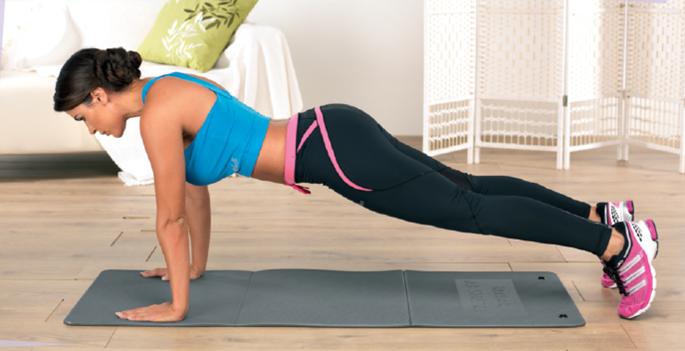 Up-down plank Start in the plank position, hands directly beneath your shoulders, either full or resting on your knees. Ensure your abdominals are pulled in tight so you have a nice long line through the body with gentle curves at the lumbar and cervical regions of your spine.
Up-down plank Start in the plank position, hands directly beneath your shoulders, either full or resting on your knees. Ensure your abdominals are pulled in tight so you have a nice long line through the body with gentle curves at the lumbar and cervical regions of your spine.
-
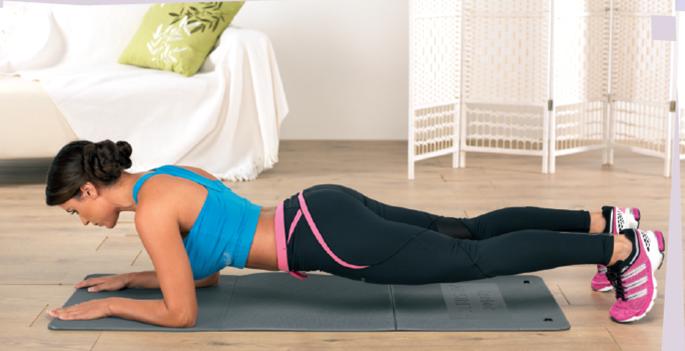 Now, trying to minimise any movement in your lumbo-pelvic area by really bracing your core muscles, place one elbow down on the floor then the other and then, one arm at a time, come back up again.
Now, trying to minimise any movement in your lumbo-pelvic area by really bracing your core muscles, place one elbow down on the floor then the other and then, one arm at a time, come back up again.
Perform each move in a controlled manner and really engage your core muscles for the best effect
Tip
This move takes some coordination so don’t rush it! remember to keep your body in a straight line and don’t drop or lift your bottom. have a few practise runs to get the hang of it before doing the whole routine.
Your core muscles explained
- The transversus abdominis is the deepest of the internal abdominal muscles. Because of its origins at the thoracolumbar fascia, it is responsible for spinal stability
- The pelvic floor has five layers attached to the pelvis with layers one, two and three being skeletal muscles, layer four being smooth muscle and layer five being purely fascia
- The thoracolumbar fascia is the diamond-shaped connective tissue in the lower back consisting of three layers that are critical in stabilising the trunk when transferring load from the upper to the lower extremity
- The multifidus muscle is a series of muscles that are attached to the spinal column.
Photography: Ant Jones
Hair and make-up: Roisin Donaghy
Model: Alicia Seffras at W athletic
Clothing: Vivacious tie crop (£35, noballs.co.uk); asics ladies tight (£35, asics.co.uk); adidas response cushion 20 trainers (£75, shop.adidas.co.uk)
Equipment: escapefitness.com
Location: Cliqq Studio
}









